Exploring Technique
In most cases we can make use of natural or available / ambient light, but we must be aware of different kinds of natural light and learn how to exploit it thoughtfully and creatively;
- intensity of the light
- direction of the light
- temperature of the light (and white balance on the camera)
- making use of ‘the golden hour’
- Using reflectors (silver / gold)
Golden hour- Seen as the best time to shoot, because the lighting is warm and soft, which enhances shots of landscapes, nature and more.
Artificial/ Studio Lighting
Using artificial lighting can offer many creative possibilities;
- the size and shape of light
- distance from subject to create hard / soft light
- angles and direction, high, low, side lighting, filtered light
- camera settings : WB / ISO / shutter speed etc
- reflectors and diffusers
- key lighting, fill lighting, back lighting, 1,2+3 point lighting
- soft-boxes, flash lighting, spot lights and floodlights
- Rembrandt lighting, butterfly lighting, chiarascuro
- high key and low key lighting techniques
- backdrops and infinity curves
- long exposures and slow shutter speeds
Rembrandt Lighting
Rembrandt lighting is a technique for portrait photography, named after Rembrandt Harmenszoon van Rijn, the great Dutch painter. It refers to a way of lighting a face so that an upside-down light triangle appears under the eyes of the subject.

In Hollywood in the early 20th century, the legendary film director Cecil B. DeMille introduced spotlights to create more realistic effects of light and shadows into the ‘plain’ studio lighting setup that was generally in use. Rembrandt lighting is one effect that was created by this, and it became widely used in promotional photographs of film stars showing them in a dramatic and eye-catching way. An example of these film stars is Marylin Monroe and Keanu Revees;
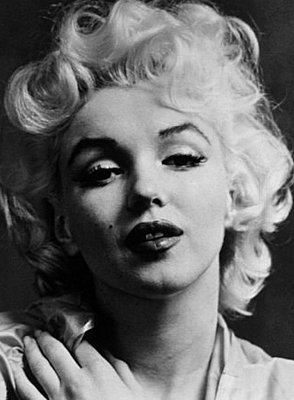

Why use Rembrandt Lighting?
Rembrandt lighting is used to create shadows and contrast, and the ‘triangle of light’, beneath someone’s eye. This causes an element of drama and psychological depth onto the individual, who’s photo is being taken. Rembrandt lighting is an effective device to draw the eye. However, you can do this in many ways in photography, such as depth of field, leading lines, negative space etc. In portraiture, the eyes of your subject are nearly always the main point of focus. The triangle of light, placed just below the eye on the shadow side of the face, will increase the emphasis and the viewer really will be ‘drawn in’ to your image.
How to create Rembrandt Lighting set up?
Light: Lighting styles are determined by the positioning of your light source. Rembrandt lighting is created by the single light source being at a 40 to 45-degree angle and higher than the subject. Use cans use both flashlights and continuous lights.
Lens: Use a 35mm or 50mm if space is at a premium, or if you’re looking at including more of the subject than just the head and shoulders. A 50mm works really nicely for portraits and will give a nice depth of field if you’re shooting at a shallow aperture. But a 35mm will give you a wider point of view and is great to fit more of the body in of your subject.
Examples of Rembrandt Lighting
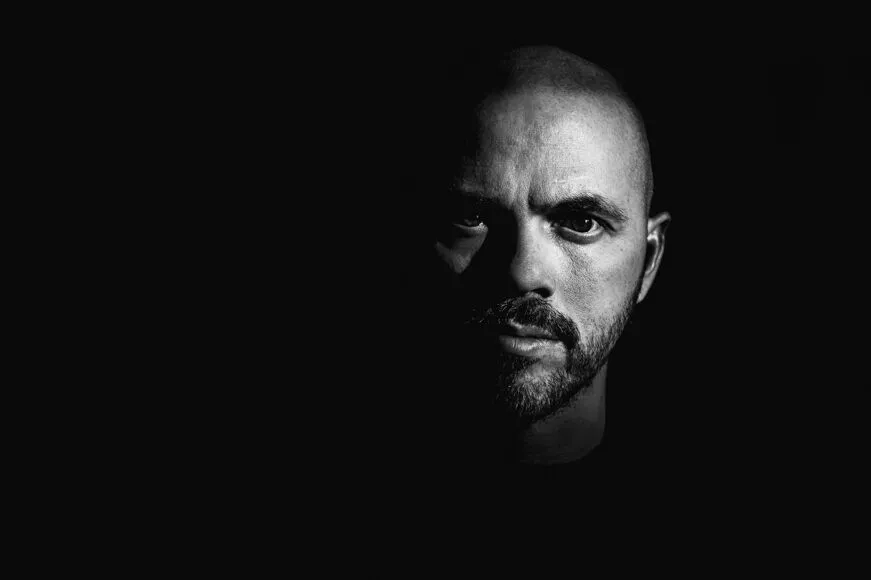
This photograph is using Rembrandt lighting, with hard lighting.
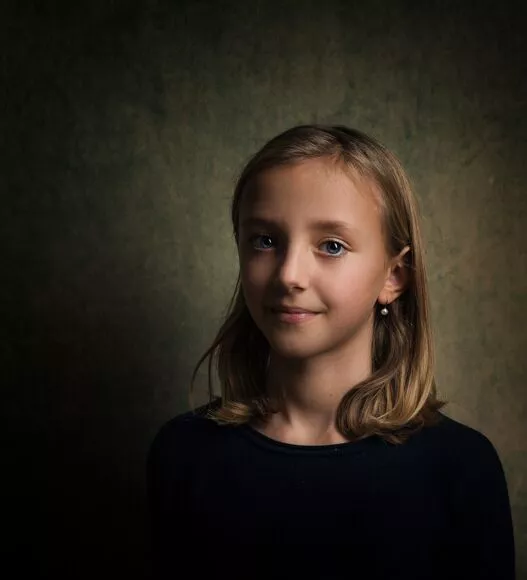
This photograph is using Rembrandt lighting, but now with soft lighting.
Butterfly Lighting
Butterfly lighting is a type of portrait lighting technique used primarily in a studio setting. Its name comes from the butterfly-shaped shadow that forms under the nose because the light comes from above the camera. You may also hear it called ‘paramount lighting’ or ‘glamour lighting’.

What is Butterfly Lighting used for?
Butterfly lighting is used for portraits, because it is a lighting that flatters almost everyone, as it can highlight cheekbones and create shadows under them, as well as under the neck, which makes the model look thinner. This makes it the most commonly used lighting setups. This lighting has also been used for famous stars, from classic Hollywood and that’s why it’s also called Paramount lighting.
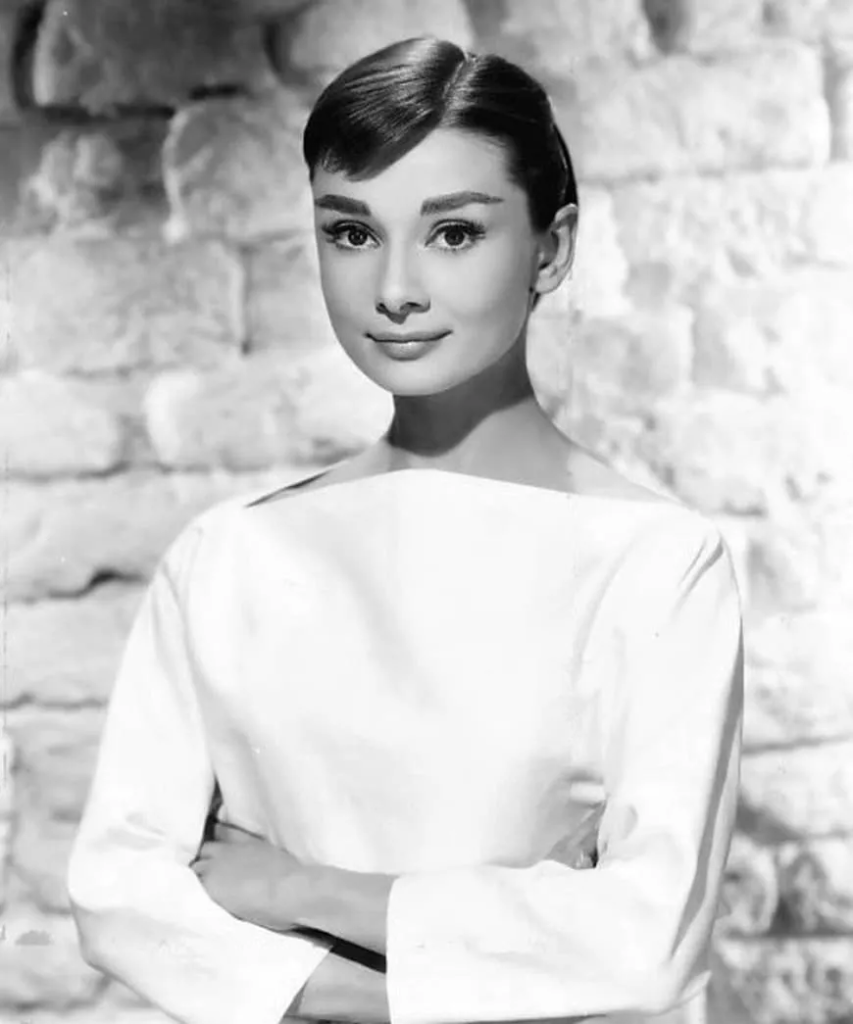
Lighting: Butterfly lighting requires a key light that can be a flash unit or continuous. If continuous, it can be artificial or natural. In other words, you can use strobes, speed lights, LEDs or even the sun. A butterfly lighting effect refers to the setup and not to the quality of light – it can be soft or hard light depending on the effect you want. If you want to create a soft light, you’ll need to use modifiers. A beauty dish is perfect for glamour photography as it distributes the light evenly and smooths the skin. You can also use a softbox or an umbrella. Instead, if you want to have hard light, you can leave the light source as it is. Alternatively, you can use grid spots to direct it and create different effects.

Experimentation: Once you have the key light set up, it’s time to fill the shadows. You can use a reflector to bounce the light back up and soften the shadow under the chin and the one from under the nose. To do so, position the reflector under the subject’s face. Start at waist level and see how it looks. If the shadows are still strong, move it closer to the face and so on. Experiment with different positions to achieve different effects. You can also change the colour of the reflector. A white one will give you a neutral tone, while a golden one gives a warming overcast. Once you’re happy with your butterfly lighting, direct the model to have a striking fashion pose or whatever the desired pose or expression you’re looking for. Just keep in mind that the subject’s face needs to be towards the light in order to have the butterfly shadow under the nose.
Examples of Butterfly Lighting
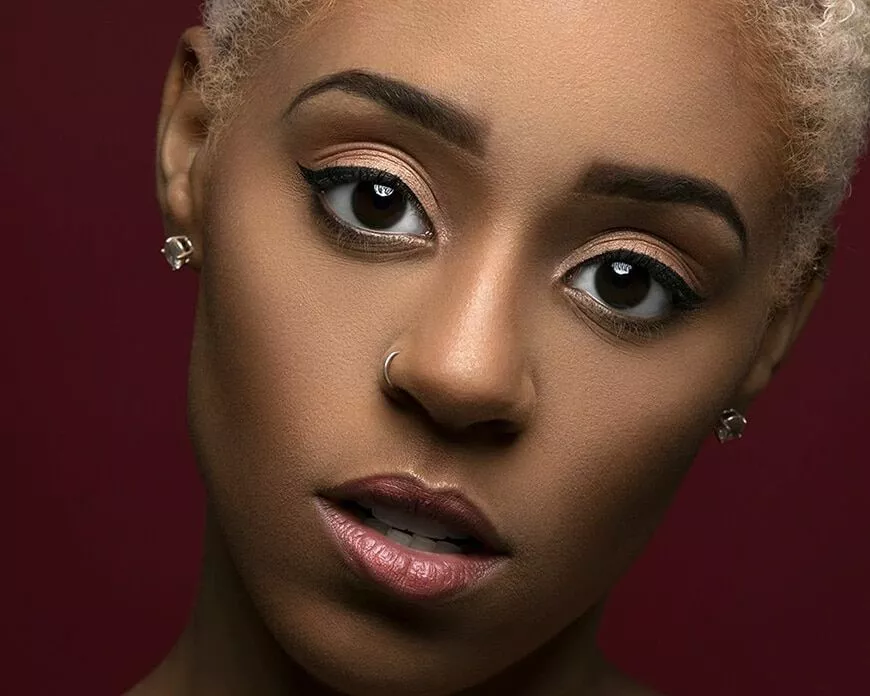
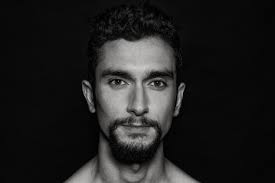
Chiaruscuro
Chiaruscuro is a visual element of art, which is defined as a bold contrast between light and dark. It is called chiaruscuro, because it is an Italian word meaning lightdark. A certain amount of chiaroscuro is the effect of light modelling in painting where 3-dimensional volume is suggested by highlights and shadows. It first appeared in 15th century painting in Italy and Flanders (Holland), but true chiaroscuro
developed during the 16th century, in Mannerism and in Baroque art. Dark subjects were dramatically lighted by a shaft of light from a single constricted and often unseen source was a compositional device seen in the paintings of old masters such as Caravaggio and Rembrandt.
Chiaruscuro in Film
Film noir, which is French for Black Film, is a cinematic term used primarily to describe stylish Hollywood crime dramas, particularly those that emphasize moral ambiguity and sexual motivation. Hollywood’s classic film noir period is from the early 1940s to the late 1950s. Film noir of this era is associated with a low-key black-and-white visual style that has roots in German Expressionist cinematography, while many of the prototypical stories and much of the attitude of classic noir derive from the hardboiled school of crime fiction that emerged in the United States during the Depression.
Chiaruscuro in photography
Chiaroscuro lighting uses one key light and a variation using a reflector that reflects light from the key light back onto the sitter.
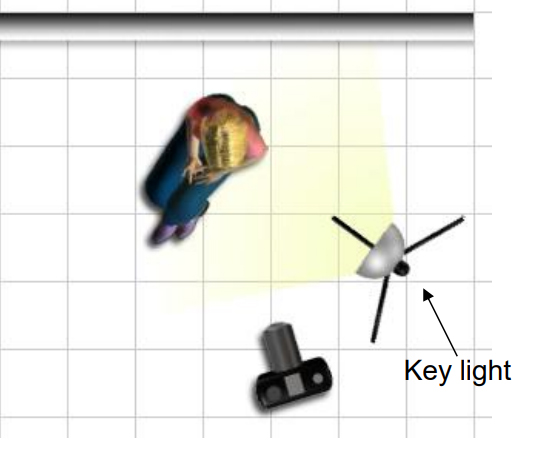
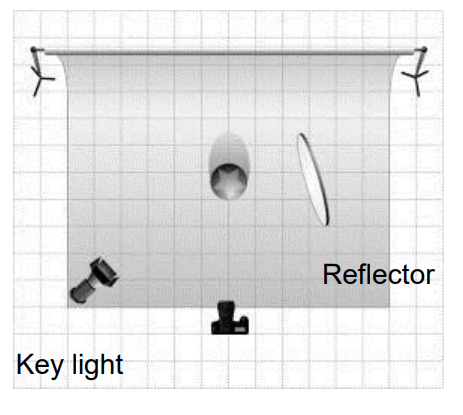
Examples of Chiaruscuro
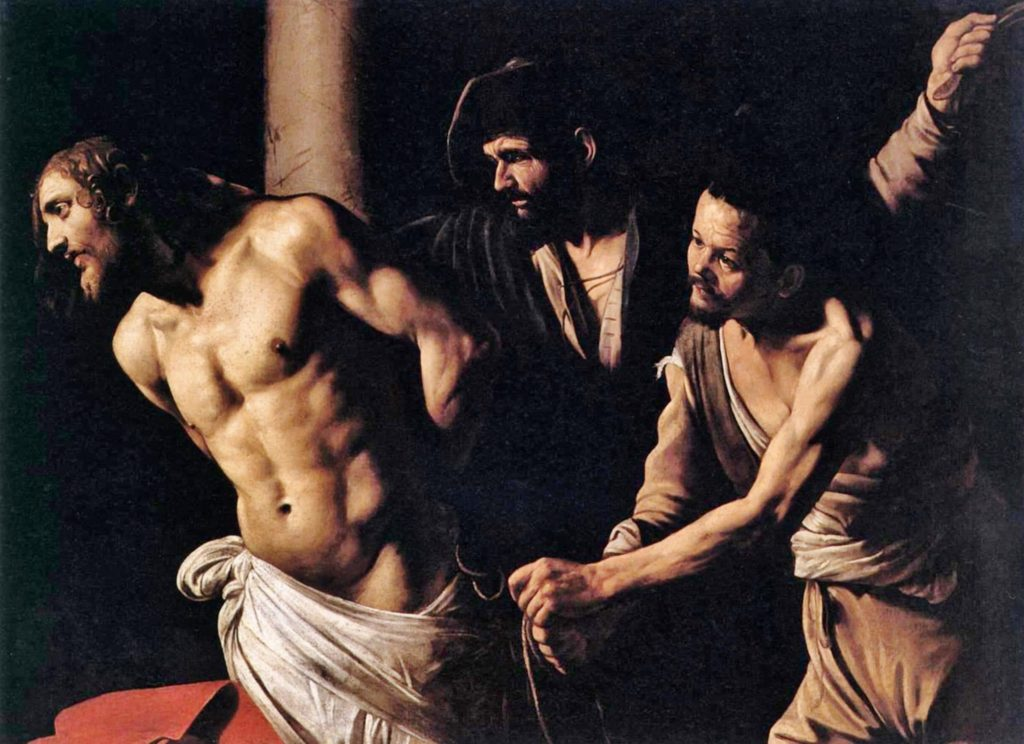
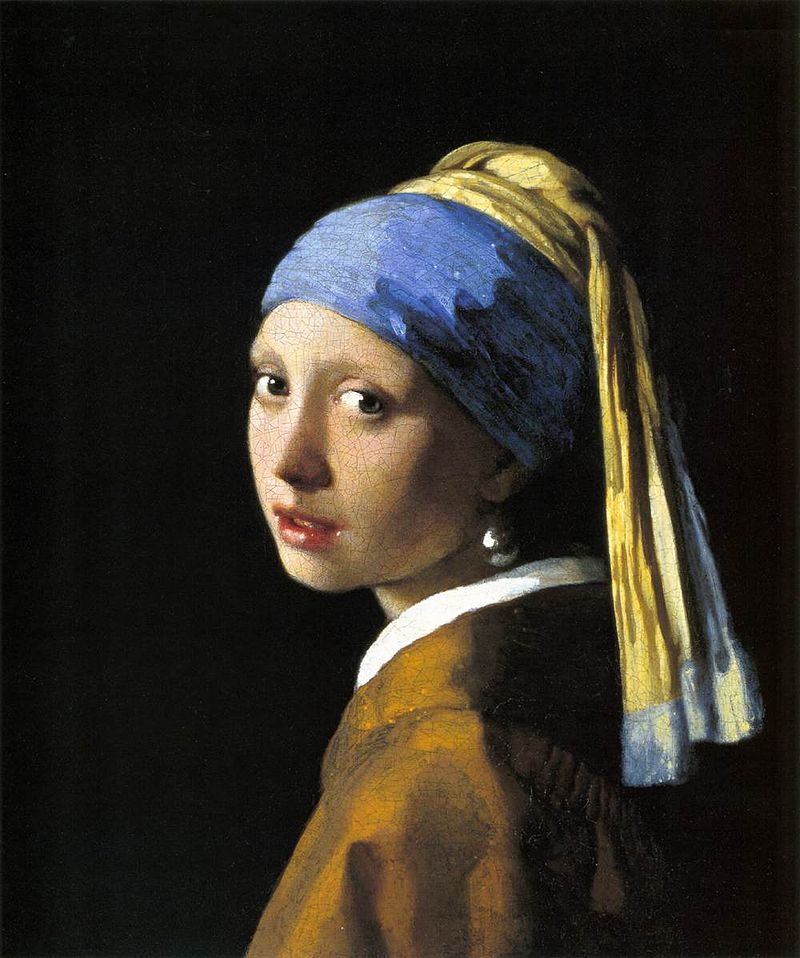
The photograph on the left is the Flagellation of Christ is a painting by the Italian Baroque painter Caravaggio, now in the Museo Nazionale di Capodimonte, Naples. It is dated to 1607. This painting uses chiaruscuro lighting. The photo on the right also uses chiaruscuro and is by Johannes Vermeer and is called The Girl with the Pearl Earring, 1665.


These two images are examples of chiaruscuro lighting being used in a film.
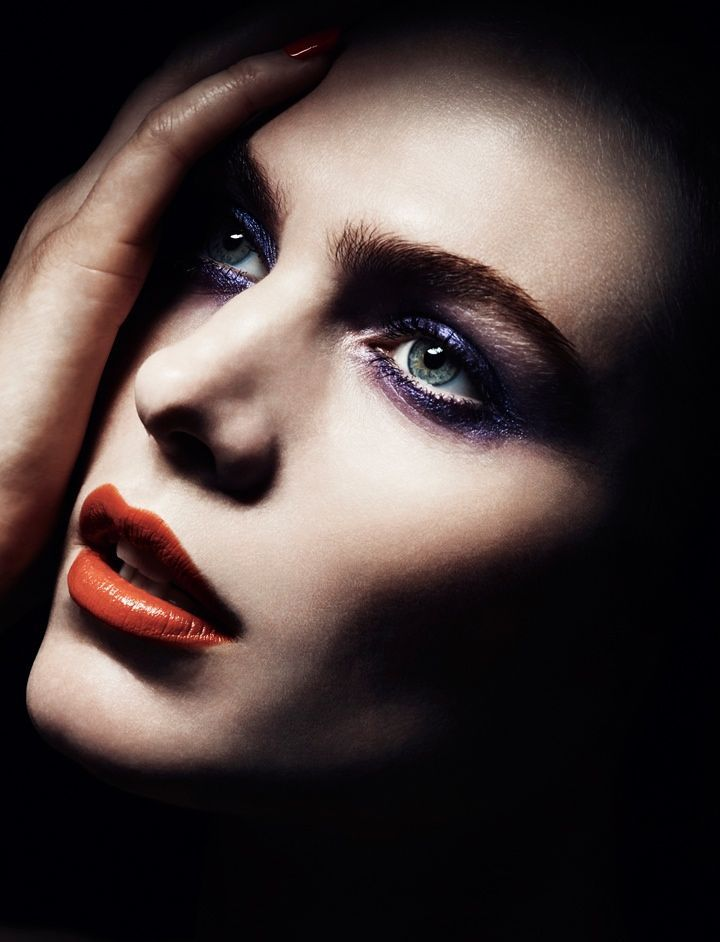
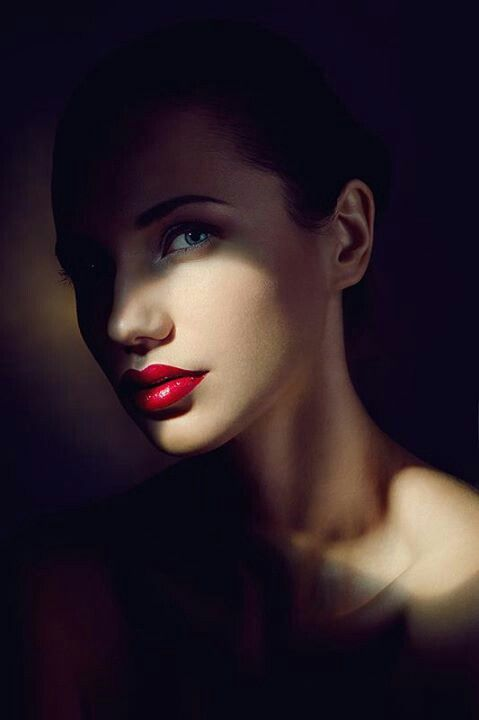
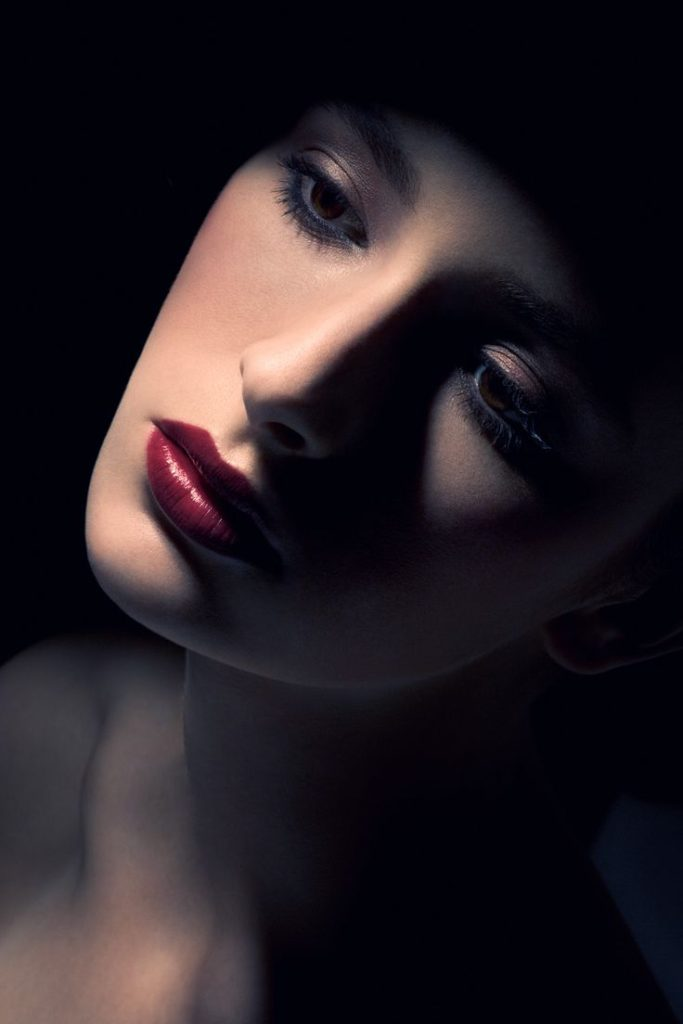
These three images are examples of chiaruscuro lighting being used photography.
